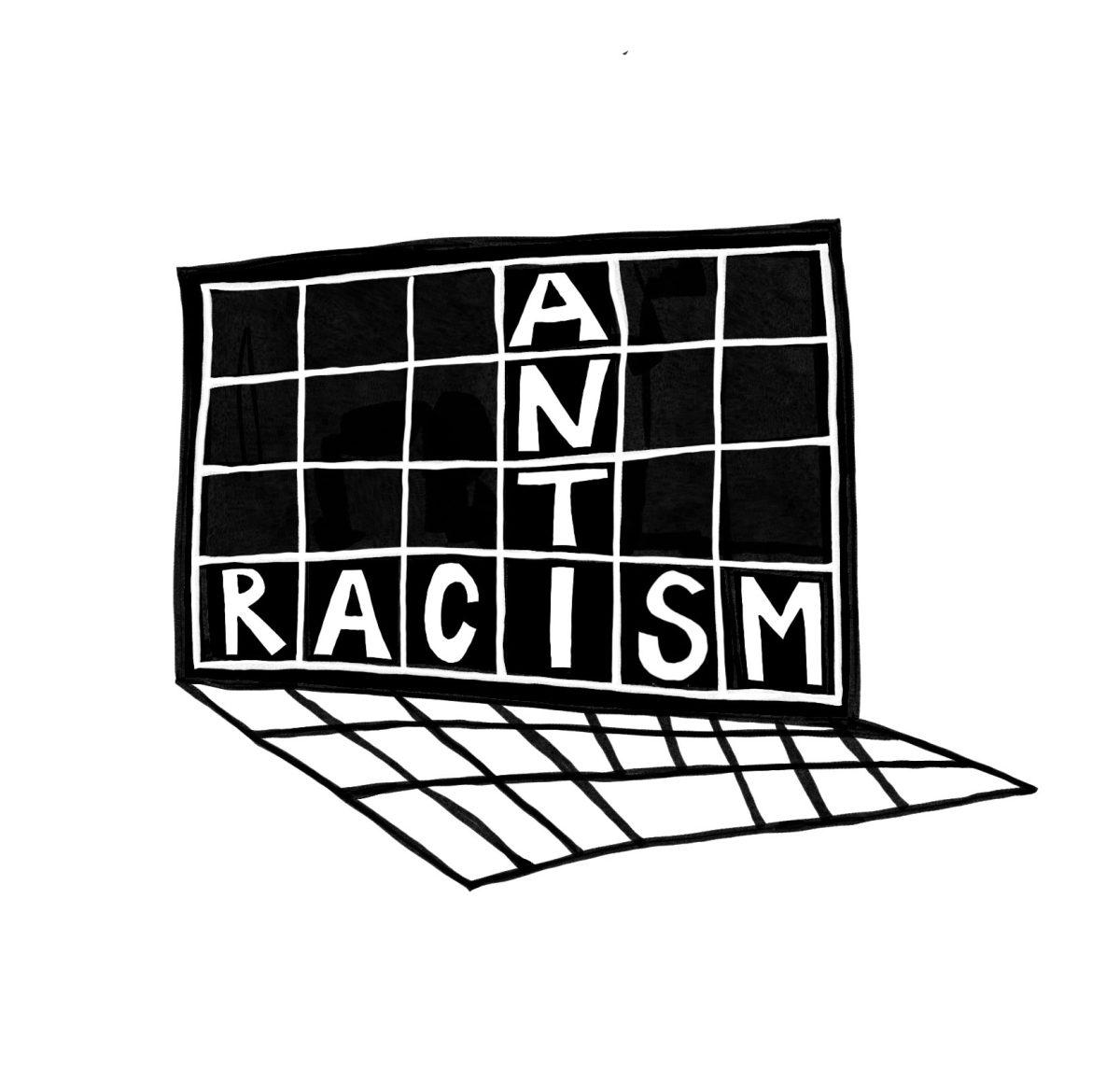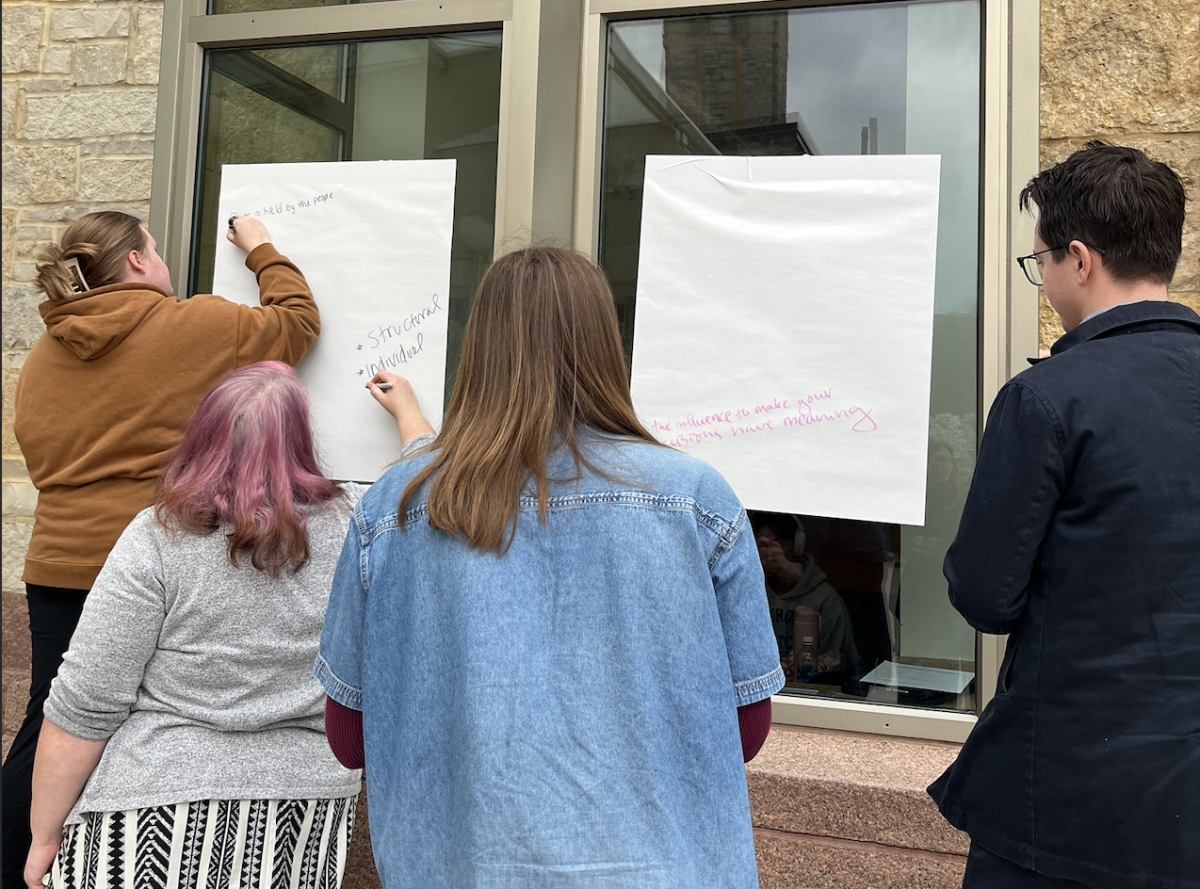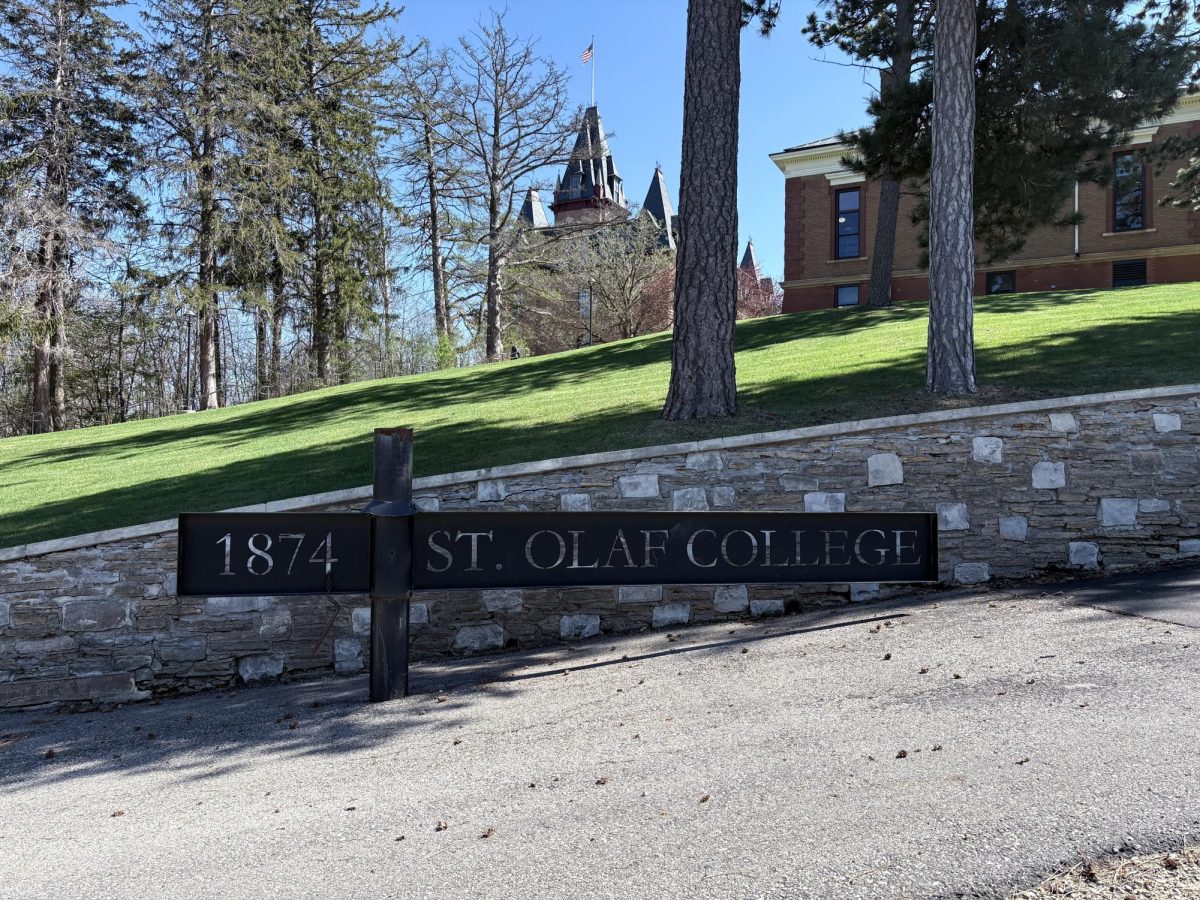St. Olaf partnered with the Washington Consulting Group to host virtual anti-racism trainings for students, faculty and staff throughout January and February, prior to the start of the spring semester. Over a month after the training closed, preliminary feedback from those who attended shows mixed levels of support for the training’s effectiveness.

71.1% of student respondents agreed that the training “prompted self-reflection” according to quantitative survey results compiled by St. Olaf Institutional Effectiveness and Assessment (IE&A). This number represented the largest percentage of agreement for a single statement among student respondents, while, in contrast, only 41.2% of student respondents — the smallest percentage — agreed that the training “helped me feel connected to other students at St. Olaf.”
None of the other seven metrics assessed — which included motivation to learn more, enrichment of anti-racism understanding and inspiration for anti-racist actions — fell below 50% agreement for student respondents, varying from 66.5% to 50.3% agreement.
“I wasn’t surprised at all, in general, about the results that we got,” said Interim Vice President for Equity and Inclusion and Director of the Taylor Center for Equity and Inclusion Dr. María Pabón Gautier, who shared the quantitative feedback in an email to students on March 19.
“I was expecting mixed results,” Pabón Gautier continued. “Because when you do an anti-racism training for such a large amount of people, you know that people are going to be at different places in this work, so you’re not going to be able to address the needs of everyone.”
St. Olaf’s Council on Equity and Inclusion (CEI) sent the feedback form to the 2,207 students who participated in the anti-racism training on March 4. 329 students completed the feedback form, which closed on March 12, constituting a 15% response rate.
“Normally when we do surveys in higher-ed we tend to always have higher response rates for faculty and staff than we have for students,” Pabón Gautier said. “It was still sad to see only 15%, because that’s a bad, a very low response rate.”
Pabón Gautier said that the low response rate could be explained by the high amount of requests for feedback students have received recently and the closeness of the feedback form to midterm exams.
“But there was a lot of good information still,” Pabón Gautier said. “15% is 329 students, so it’s not small potatoes.”
The 316 faculty and staff members who completed their own separate feedback form expressed different responses to the training. None of the nine metrics assessed — the same between student and faculty and staff forms — fell below 55% agreeance. In addition, the faculty and staff feedback form had a response rate of 45%, 30 points higher than that of students.
“Prompted self-reflection” garnered the largest percentage of agreement for faculty and staff respondents at 80.1%, while “introduced me to a perspective or an idea that was new to me” received the smallest at 56.4%.
“One of the pieces that was very exciting for me was that people kept thinking about this work after the training,” Pabón Gautier said regarding faculty and staff feedback specifically. “It made them think about other areas that they can do. And then the piece that they were asking for more, and which informed the next steps, is ‘what does this mean for me in my role?’”
Faculty and staff also expressed more appreciation for the opportunity to connect with peers in small group settings, even though faculty and staff spent less overall time in small groups during training than did students.
These feelings of connectedness represented the most profound split between student and faculty and staff responses; there was a 31.8 point gap between agreement levels for the connectedness metric. For students, “helped me feel connected to other students at St. Olaf” was the lowest agreement percentage and the only statement that fell below 50%. For faculty and staff, it was the third highest agreement percentage at 73%.
“Students do have more opportunities to intentionally engage with one another,” Pabón Gautier said. “How students define engagement and connecting with one another is very different than faculty and staff. We don’t have those opportunities as often.”
A 10.1% split between the average percentages for students and for faculty and staff further indicates the divide between the two groups’ perceived effectiveness of the training; the average agreement for faculty and staff respondents was 68.9%, while student respondents’ average agreement was 58.8%.
“I think the groups may have not been set up in a way that allowed for those conversations to go deeper,” Pabón Gautier said regarding the small group settings in students’ anti-racism training sessions. “They stay very superficial, and students wanted more, they wanted to say, ‘if we’re going to talk about this then let’s do it, let’s go deeper.’”
Some students have also expressed criticism toward the anti-racism training’s effectiveness outside of the CEI feedback form, claiming that the virtual training failed to engage with topics of systemic racism in a meaningful way or offer tangible examples of how to be anti-racist.
Pabón Gautier said that all types of feedback — whether it be directly through feedback forms, emails to campus leaders or articles in the newspaper — are integrated into the College’s equity and inclusion evaluation process.
“Anything that has come to us we have included in looking at the evaluation and the effectiveness and how can we do this better,” Pabón Gautier said. “Or what are the next steps, actually — so this is just the first step.”
Pabón Gautier further emphasized the prolonged and multi-layered nature of equity and inclusion work, referencing the College’s 18-month “Co-Creating an Inclusive Community” project as another example, outside the anti-racism training, that will provide data to help shape engagement.
“I think the anti-racism data is going to be a reflective practice of ‘what are your thoughts on the training?’” Pabón Gautier said. “But the ‘Co-Creating’ sessions data is information of how can we move forward, how can we be better, do better, and what is needed to do that.”
Associate Professor of Practice in Sociology/Anthropology Ryan Sheppard is currently working with a group of students to compile and synthesize the qualitative feedback results. Pabón Gautier hopes the data will be ready to share soon, and she plans to distribute the results to the student body immediately after discussing them with the President’s Leadership Team.



